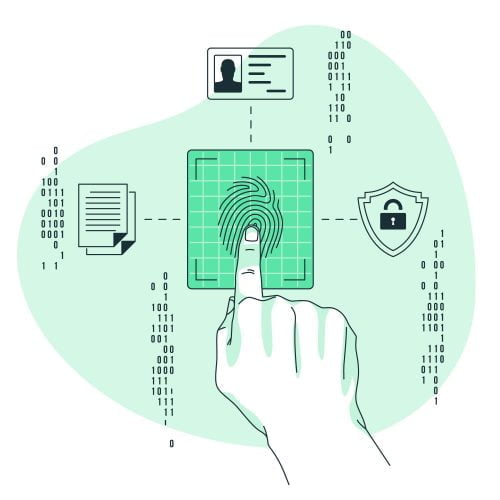In the vast and interconnected landscape of cybersecurity, ports play a pivotal role in facilitating the flow of data between devices and networks. These virtual gateways act as points of entry and exit, managing the communication channels that enable the smooth operation of various applications and services. Understanding the significance of critical ports is essential for fortifying your organization’s defenses against cyber threats.
What are Ports in Cybersecurity?
In the context of cybersecurity, ports are numerical identifiers assigned to specific protocols used for communication between devices. These protocols govern the rules and conventions for data exchange, ensuring seamless connectivity. The most common protocols are TCP (Transmission Control Protocol) and UDP (User Datagram Protocol), each utilizing its own set of ports.
Critical Ports in Cybersecurity:
- Port 389 (LDAP):
The Lightweight Directory Access Protocol (LDAP) operates on Port 389 and is used for accessing and managing directory services. LDAP plays a vital role in authentication, providing a centralized repository for user accounts and credentials in network environments. - Port 1433 (MSSQL):
Microsoft SQL Server operates on Port 1433, serving as the default port for database communication. MSSQL facilitates the storage and retrieval of data in relational database management systems (RDBMS). Securing Port 1433 is critical to prevent unauthorized access to sensitive database information. - Port 3306 (MySQL):
Similar to MSSQL, MySQL operates on Port 3306 and is a popular open-source database management system. MySQL is widely used in web applications and content management systems (CMS). Securing Port 3306 is essential for protecting valuable data stored in MySQL databases from unauthorized access or manipulation. - Port 587 (Submission):
The Submission port, operating on Port 587, is used for email submission by mail clients to mail servers. Unlike Port 25 (SMTP), which is primarily used for mail transfer between servers, Port 587 requires authentication, making it more secure for sending outbound emails from client devices. - Port 123 (NTP):
The Network Time Protocol (NTP) operates on Port 123 and is used for synchronizing the system clocks of devices within a network. NTP ensures accurate timekeeping, which is essential for various network operations, including logging, authentication, and coordination between distributed systems. - Port 161 (SNMP):
Simple Network Management Protocol (SNMP) operates on Port 161 and is used for monitoring and managing network devices. SNMP facilitates the collection and exchange of management information between network devices and management systems, allowing administrators to monitor network performance and troubleshoot issues proactively.
Securing Critical Ports:
Firewall Configuration:
Implement strict firewall rules to control incoming and outgoing traffic.
Allow only necessary ports for specific services and applications.
Regular Monitoring and Auditing:
Continuously monitor network traffic and log activities on critical ports.
Conduct regular security audits to identify potential vulnerabilities.
Encryption Practices:
Prioritize the use of encrypted protocols (e.g., HTTPS over HTTP) to safeguard data in transit.
Employ SSL/TLS certificates to secure communication channels.
Access Control:
Restrict access to critical ports based on the principle of least privilege.
Implement strong authentication mechanisms to prevent unauthorized access.
Understanding the significance of critical ports in cybersecurity is fundamental to establishing a robust defense against cyber threats. By adopting best practices for securing these entry points, organizations can navigate the cyber seas with confidence, ensuring the integrity, confidentiality, and availability of their digital assets.






